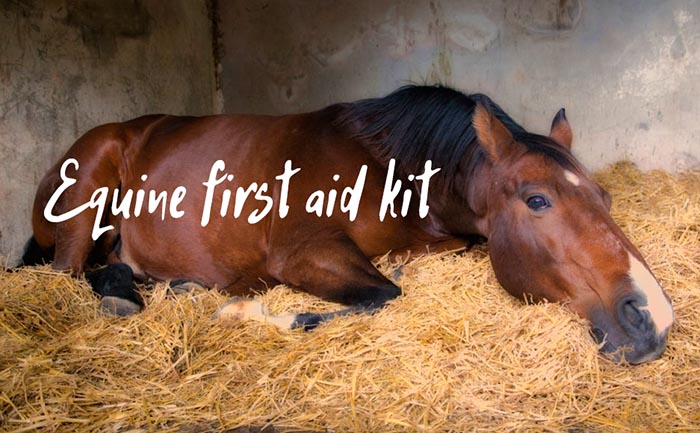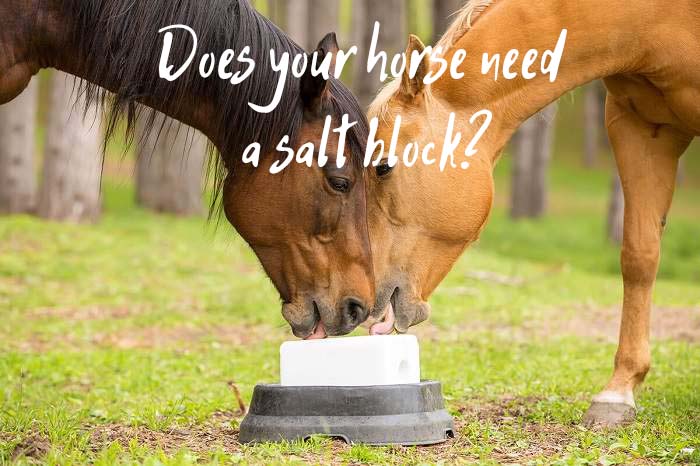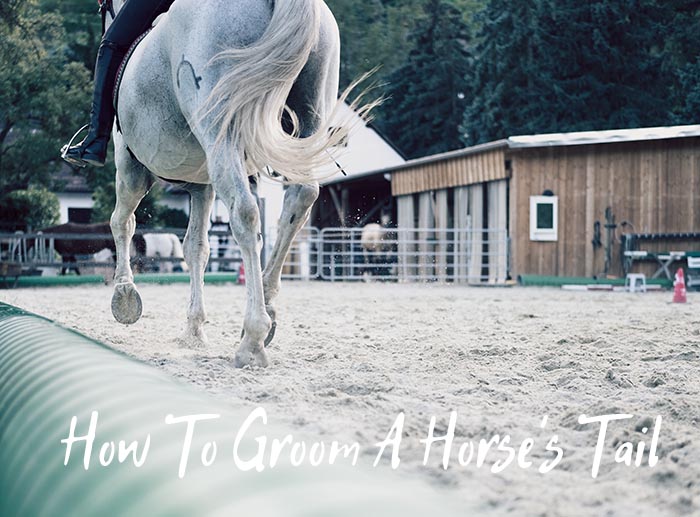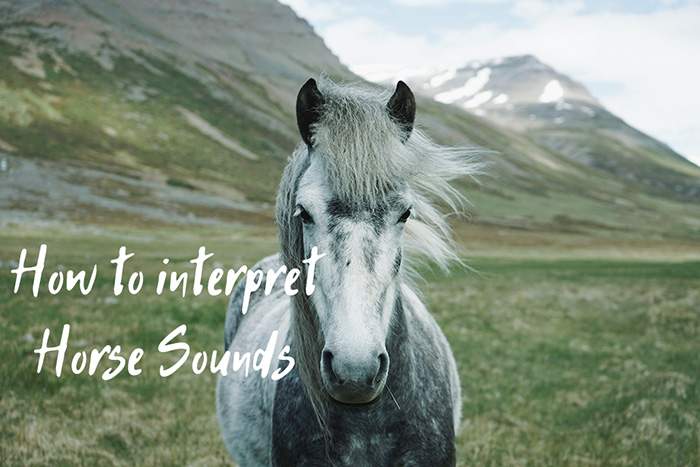How to Keep Your Horse’s Tail White & Clean
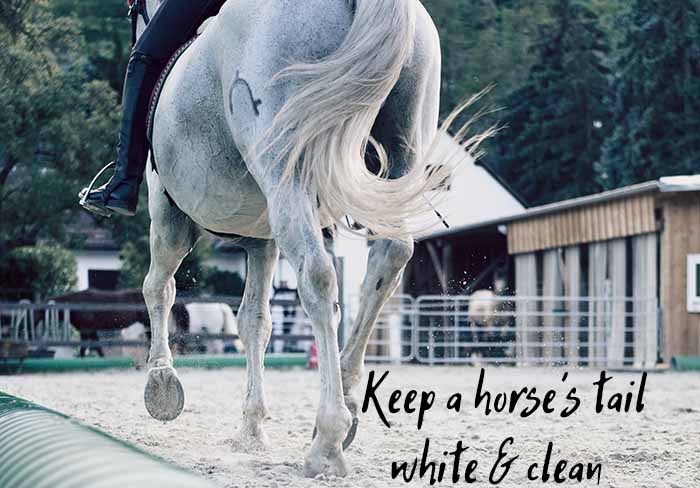
If your horse has a white tail and mane, you can consider yourself lucky, as your horse will look better than most. However, in order to keep that tail looking white at all times, you’ll have to put in a bit of work. All horse owners know that they need to clean their horses regularly, but if those horses happen to have white tails, the cleaning process is a bit more complex.
In order to keep your horse’s tail as white as possible, you’ll need to clean it yourself sometimes. The main thing to remember is to use products that won’t irritate your horse’s skin. Don’t be tempted to use detergents and soap. Instead, work on keeping your horse’s stall as clean as possible, and make sure that your horse’s diet is beyond reproach. This way, the tail will not become as dirty over time, and you’ll have an easier time cleaning it.
Below, you will find a series of cleaning tips and general information about how to keep a horse’s tail white and healthy. You can use these tips to keep your horse’s tail clean even if it’s not naturally white. All horses get dirty, no matter their coloration, and they all need to be cleaned from time to time.
A white tail won’t stay white for long.
We know that horses like to spend their days on pastures, and there’s definitely some dirt out there that will stick to their coats and tails. Most of the time, a horse’s tail will lose its white appearance and will become yellow due to urine stains.
Moreover, if the horse’s stall is dirty and your horse lies down in the dirt, the tail will pick up all kinds of nastiness from the floor. Always clean the stall regularly. Knowing that your horse’s tail will get dirty will prepare you for what comes ahead. It’s also worth knowing that a mare’s tail will be more difficult to maintain than a gelding’s.
You could use a tail bag, which aims to protect the tail from dirt and urine while promoting hair growth and eliminating hair breakage. The use of tail bags is controversial, though. Some horse owners have reported great success, while others have reported the opposite.
If the tail bag becomes soaked with urine, it will amplify the stain on the tail even more. I think it all comes down to the quality of the horse tail bag. Cheaper ones might not be able to get the job done simply because they don’t have any moisture-repelling properties.
Should you use shampoos to whiten a horse’s tail?
if the shampoo was designed specifically for the job, then yes. Ideally, the shampoo you use should have as few irritants as possible, and this includes perfumes. The shampoo’s job is to act as a cleaning agent and nothing more. It should help you remove the stains from your horse’s tail and then rinse off easily.
However, some horse owners have turned to blue or purple-ish shampoos in order to give their horses’ tails a whiter appearance. From a purely aesthetic point of view, this can work, but if you leave the coloring agent in too long it will eventually make the tail lavender.
Generally, I wouldn’t advise dyeing the horse’s tail in order to make it look white or any other color. A horse’s skin is just too sensitive, and you might do more harm than good in your attempt to make the hair look better. Keep it simple!
How often should you wash your horse’s tail?
Most experts will tell you that it all depends on the horse’s cleanliness. I do it once every two weeks for my horses, which is fine, but I wouldn’t wash the tails more often than that simply because I wouldn’t want to overdo it. Horses, like many other animals, have natural oils at the base of their hairs, and it can be easy to disturb their dermatologic balance.
The way I do it: I warm up some water, I wet the tail, and then I wash it carefully and gently using a very soft shampoo. I start at the top and work my way to the bottom of the tail, and then I rinse it all with warm water. The key here is to use a mild shampoo and warm (not hot) water.
It’s not a difficult procedure and it’s not particularly time-consuming. If you do notice that your horse’s tail has become yellow, or particularly dirty, just get a bucket of water and give it a quick wash.
Should you use conditioners or detanglers on your horse’s tail?
Using conditioner on a horse’s tail can have some great results. Make sure to use a conditioner that can rinse off easily, though. If there’s still some residue left on the tail’s skin after the wash, it will irritate the skin and will only promote further dirt build-up.
In order to make sure that you got every last bit of conditioner out, consider rinsing the tail with some distilled white vinegar or even some apple cider vinegar. The acidity in the vinegar works wonders to clean up any leftover shampoo or conditioner.
As for detangling products, they are ideal if you want to add an extra layer of protection for the hairs in your horse’s tail. Moreover, they also act as repellents for stains. The protection and repelling properties don’t last very long, so you might want to re-apply the detangling agent once every other day or so. Grooming oils are often used for deep conditioning treatments, while silicone-based sprays detangle the hairs.
Keep the stall clean.
As long as you clean your horse’s stall on a regular basis, you dramatically reduce the chance that your horse will lie down in the dirt. Fewer manure piles and fewer wet areas will not only keep your horse cleaner but also healthier as it won’t have to breathe in any contaminated air.
A clean horse is generally a healthy horse, assuming that it also has a balanced diet and is able to move around freely on a daily basis. Cleaning and grooming our horses regularly (tails and all) is just one of the tasks that we’re expected to do as responsible horse owners.
As far as keeping your horse’s tail white and healthy, I hope that this article has proven useful and informative. As always, don’t hesitate to let me know if there’s anything else that you would like me to add.

